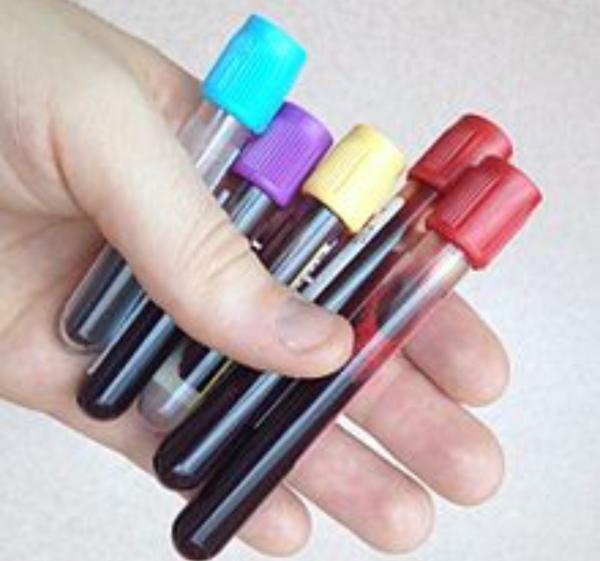Wonder why fake news is winning as a concept and description? Look no further than a recent article and accompanying video from CNBC showcasing a new blood collection product from a Massachusetts-based start-up that is touted as “virtually painless” and pursuing the “holy grail for medical entrepreneurs.”
Having recently written about even Harvard’s use of statistical tricks to enhance their publishing odds, it should come as no surprise that news outlets appear to be doubling as public relations firms. Don’t get me wrong, new technologies and products should get access to the mainstream media to inform as well as ignite progress and innovation. But, let’s learn a lesson from the embattled Theranos that was supposed to “disrupt” and “revolutionize” the blood testing industry and include some critical analysis and thorough review of such developments.
As with this CNBC example, most expect when content is labelled journalism or procured by a reporter there is a basic standard of due diligence conducted with comprehensive assessment and investigation. With fake news all the rage compelling rampant distrust, reprinting press releases under the guise of professional authority misleads and does a disservice to truly revolutionary discoveries.
In the end, this particular work discussing a novel blood collection device by Seventh Sense Biosystems tells the audience nothing about whether its applications are practical, realistic and would better serve the public than existing products. Without placing this company’s lofty goal into context for the reader, the author poorly serves the legitimacy of its potential one way or the other.
This is unfortunate as maybe this tool will be a force to advance efficiency and enhance the patient experience and care. I hope it will be. But, there are legitimate reasons why the blood collection and testing techniques have remained relatively stagnant over the years. There are challenges to how samples are obtained and the accuracy of the data run based on limitations of specimen collecting itself, the actual transport medium to processing and its temporal requirements, for instance.
This opportunity to pose such inquiries to the company founder was lost. As a result, we all lose. Rebuilding public trust in the mainstream media requires not a mere regurgitation of promotion materials, but delving into the subject matter. Learning why blood is obtained the way it is and has been for years is essential to understanding. Otherwise, don't label it journalism.
Here are a few questions and topics that might have been advisable from the start:
- Address the limitations in specimen accuracy with capillary versus venous blood sampling and inquire how this device will overcome them? The article never even acknowledges these vital differences, nor what the item (e.g. TAP device) specifically collects.
- There is a reason certain amounts of blood volume need to be collected so as to ensure accuracy and be able to re-run for confirmatory testing, for example.
- The company promotes the notion results will be faster, transportable and able to be obtained remotely without having to go to a lab —which are worthy endeavors. How are they addressing the environmental challenges to blood specimens being exposed to light or sitting for extended periods of time without processing? For example, if a sample testing for glucose sits for an extended period, then a falsely low value can result. If a bilirubin test gets exposed to light, then it too can give an erroneous level.
- What is truly unique about this device compared to others that already currently test for HgbA1C (a value that assesses blood sugar levels over a span of time)—the one test for which this invention has been FDA approved?
- Have there been any clinical trials?
- Who is this TAP device intended for -- e.g. non-emergent outpatients or those stable with chronic disease, military in combat, hospitalized patients? Once known, then questions surrounding efficiencies and safety should follow-up.
So that society is no longer complicit with the rise and fall of another Theranos, it is important to learn the invaluable lessons now and not after lives are adversely affected. (See Let’s Learn a Lesson From Theranos). New devices that supposedly shake up an industry or are sold as such are certainly sexier and more exciting as a messaging strategy, but what is rarely discussed is the human factor.
All of the lab studies that were invalidated as a result of the failed promises of Theranos, were not mere numbers on a page. They reflected human lives. Doctors made medical decisions and treatment plans based on those lab values—decisions that are often irreversible. Precision is essential to this high stakes industry.
Tacit acceptance of a company’s statements, likability of the CEO or a great marketing story of painless phlebotomy should not usurp the media’s responsibility to protect the public. Bad or poorly explored information or myopic views once perpetuated can translate into physical and emotional harm. The desire for ratings and page views should not cloud the best of intentions.
The solutions are simple. Reporters report, not one aspect but the entire picture. Present the facts. Ask the questions and inform. Let the audience decide. This is the only pathway for true industry (and societal) disruption. The CEO— or company— who is the real deal will jump to assuage concerns, relay weaknesses and give a measured take on where they are and how far they can go.
Hopefully, this company is already on the path to doing so, it’s just a shame the CNBC account does little to clarify the reality.




